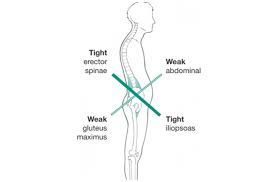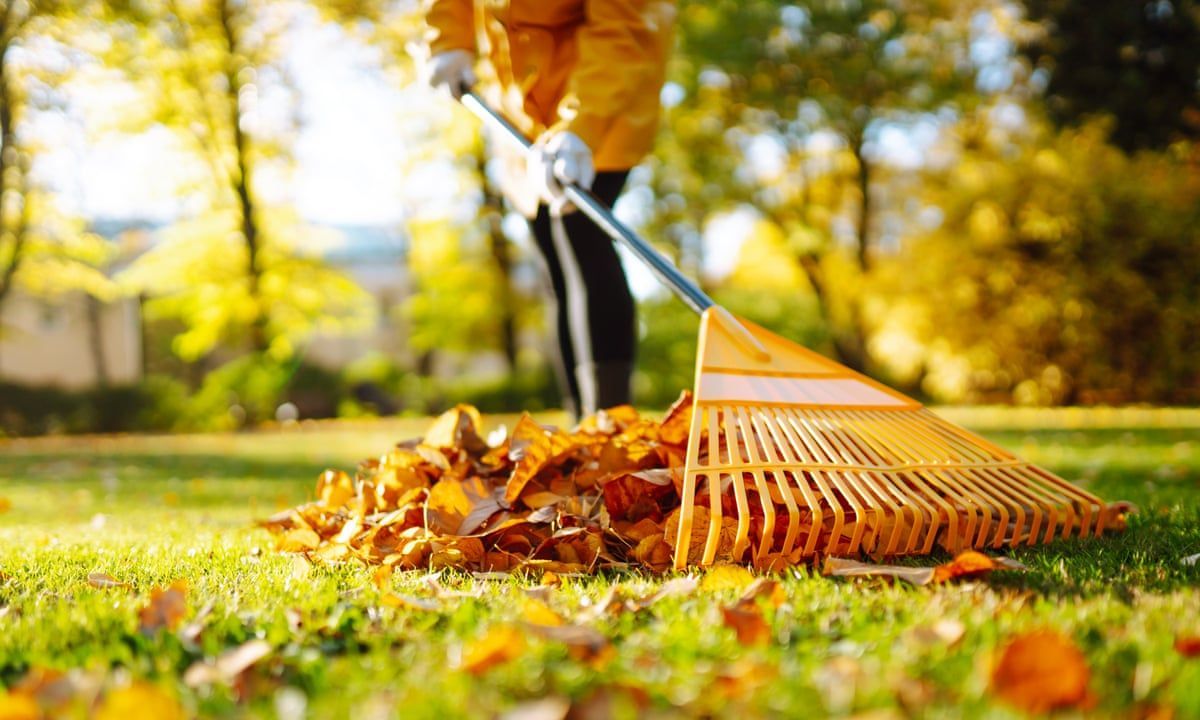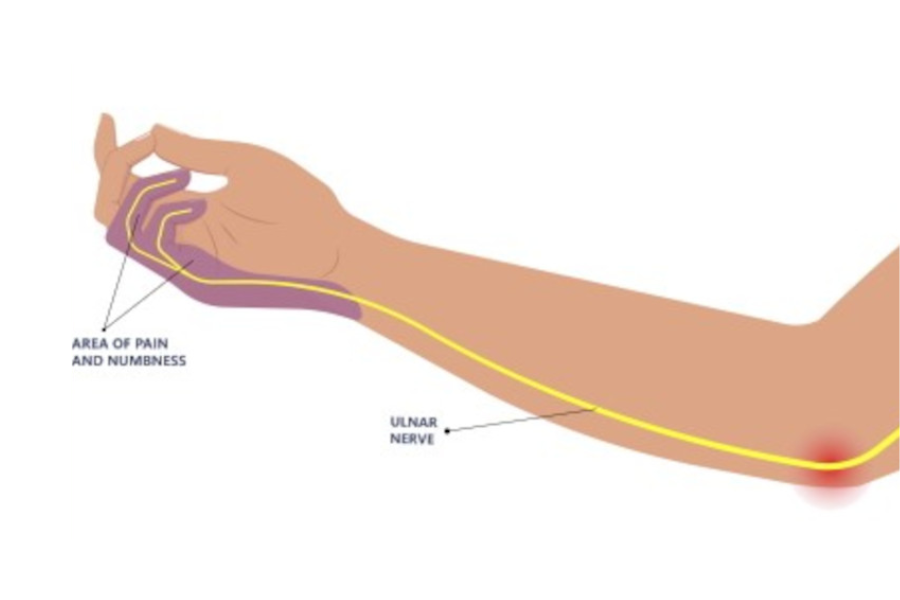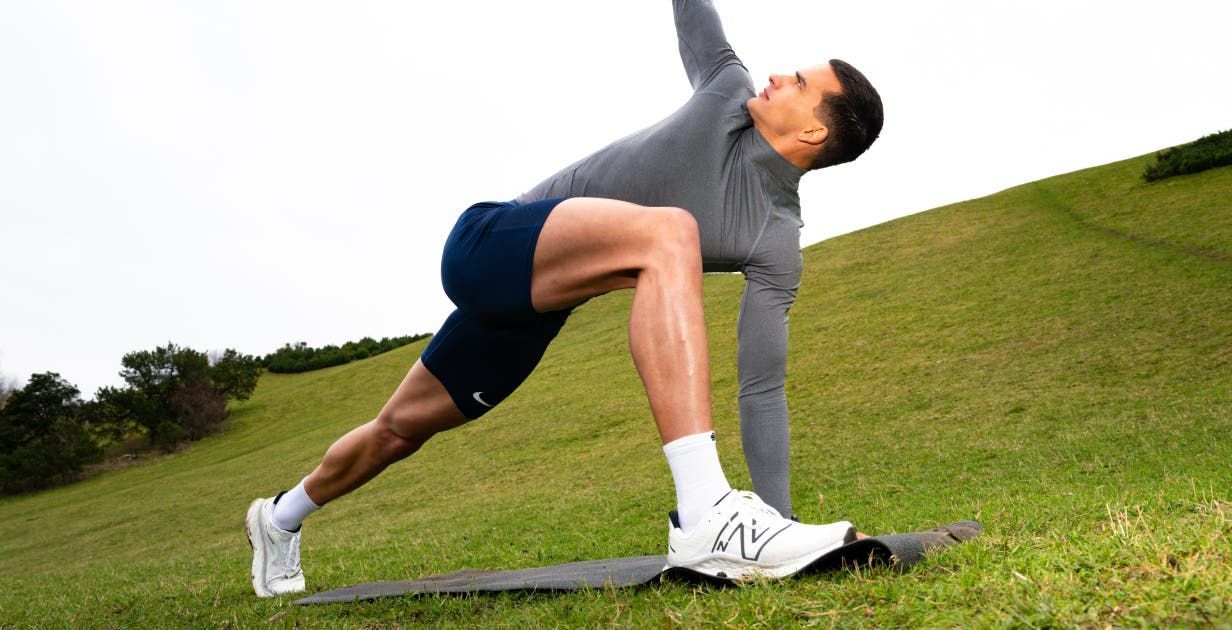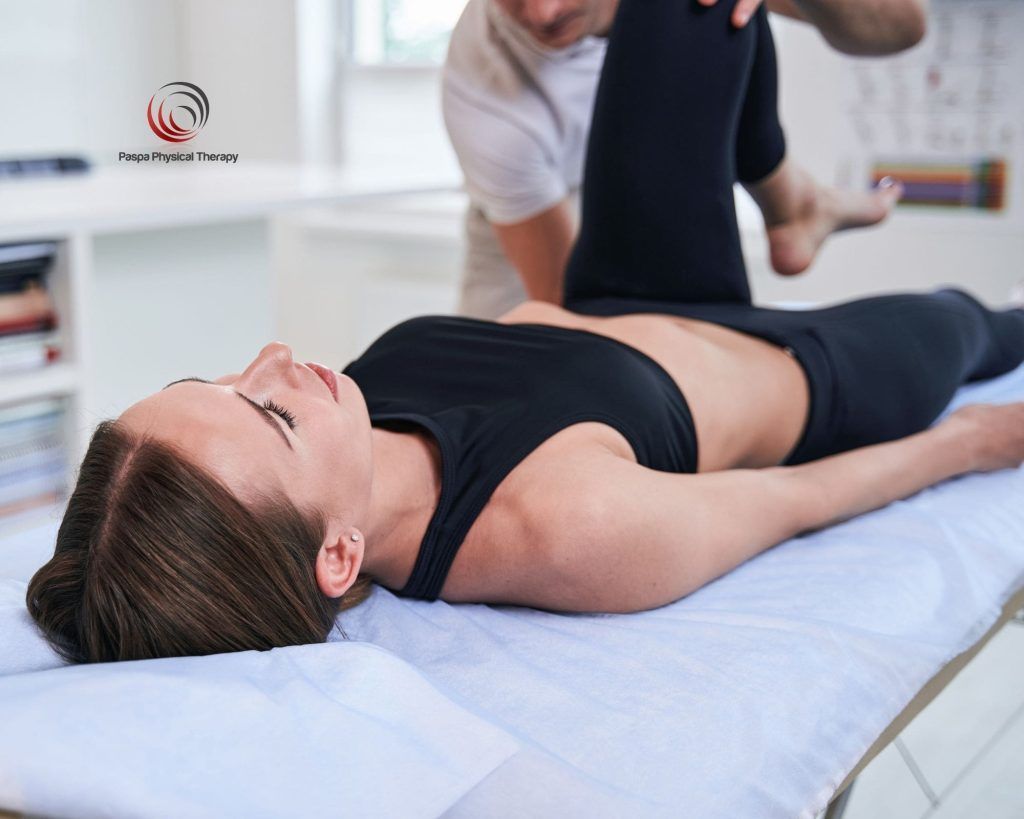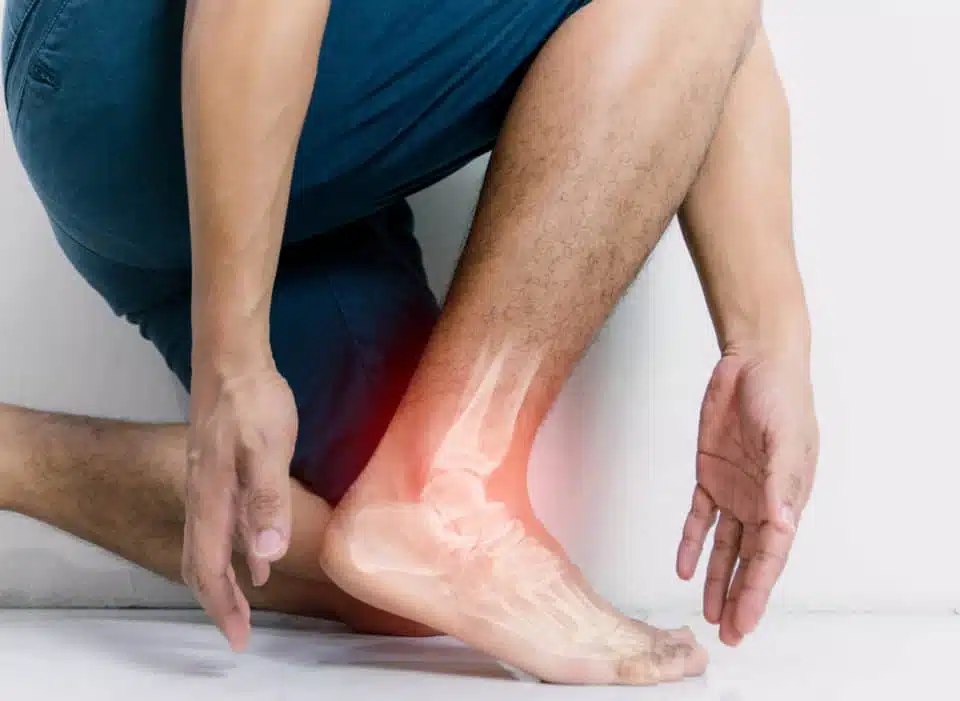Rotator Cuff Syndrome: What It Is, How to Treat It, and How to Keep It From Coming Back
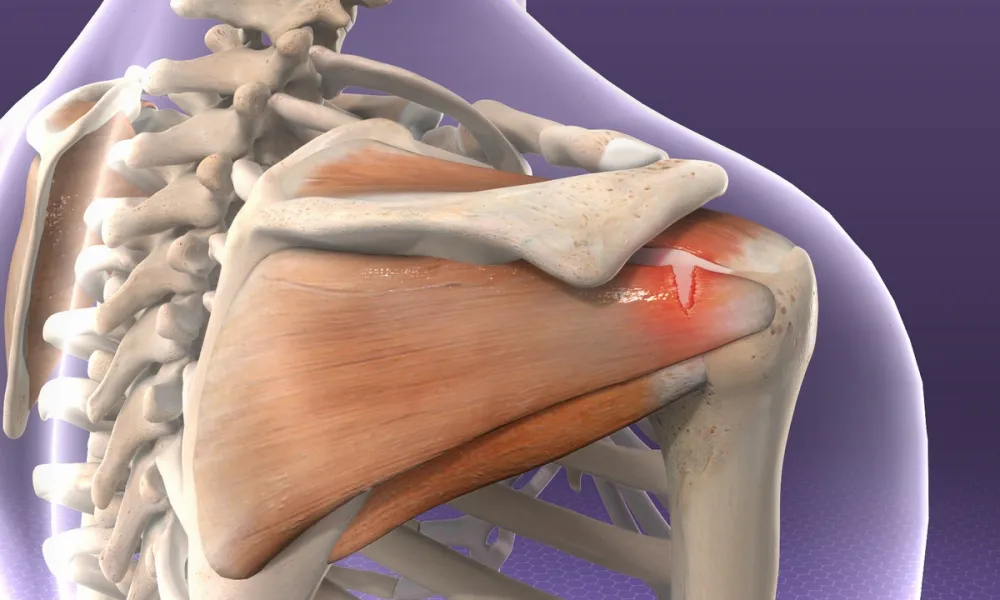
“Oh, I could have played D1 baseball if I hadn’t torn my rotator cuff in high school.”
Right. We’ve all heard this line — sometimes from former athletes, sometimes from the guy at the office who played two years of JV. But what is your rotator cuff? Is a tear really that serious? And is every shoulder ache a career-ending injury? Let’s dig into what’s really going on with this important group of muscles and what you can do to keep them in top form.
What Is the Rotator Cuff?
The rotator cuff is a small but mighty team of four muscles in your shoulder that work together to stabilize and move your arm. Think of them as the “security detail” for one of the most mobile joints in your body — the shoulder.
Here are the players:
- Supraspinatus – Sits at the top of the shoulder blade. Main job? Lifting your arm away from your body (abduction), especially the first 15 degrees.
- Infraspinatus – Located on the back of the shoulder blade. Helps you rotate your arm outward (external rotation) and contributes to shoulder stability.
- Teres Minor – A small muscle just below the infraspinatus. Also helps with external rotation and keeping the ball of your humerus centered in its socket.
- Subscapularis – Lives on the front surface of your shoulder blade, facing your ribcage. Responsible for internal rotation (turning your arm inward) and adding extra stability.
Together, these four muscles surround the head of your humerus like a cuff — hence the name — and keep it from slipping out of place when you reach, lift, throw, or swing.
What Is Rotator Cuff Syndrome?
Rotator cuff syndrome is a broad term that covers a range of injuries and conditions involving these muscles and their tendons. It can include:
- Tendinitis – Inflammation of the rotator cuff tendons, often from overuse.
- Impingement syndrome – When tendons get pinched between bones during shoulder movement.
- Partial or full-thickness tears – Ranging from tiny frays to complete tendon separation from the bone.
Common symptoms include:
- Shoulder pain (especially when reaching overhead or behind your back)
- Weakness in the arm
- Limited range of motion
- A dull ache that lingers, especially at night
While a full tear can be serious and may require surgery, many cases are much less dramatic and respond well to conservative care — meaning you can often get back to sports, gym sessions, or even that recreational softball league without having to hang up your glove.
How Does It Happen?
The rotator cuff can take a beating over time, especially if your activities involve repetitive overhead movements. Common culprits include:
- Throwing sports (baseball, softball, javelin)
- Swimming
- Weightlifting (especially overhead presses and snatches)
- Occupations involving overhead work (painters, carpenters, electricians)
- Weekend DIY projects that suddenly turn into 8 hours of lifting and reaching
Sometimes, injuries happen all at once (think: diving catch gone wrong). Other times, the damage builds gradually over months or years, leading to chronic irritation.
Treating Rotator Cuff Syndrome
The good news? Not all rotator cuff issues require surgery. In fact, many people recover well with the right mix of rest, rehab, and treatment. Here’s what’s typically involved:
1. Chiropractic Care
A chiropractor can help improve shoulder mechanics, address muscle imbalances, and ensure your neck and upper back are moving well — which can take stress off the rotator cuff. Gentle adjustments, soft tissue work, and specific exercises may all be part of the plan.
2. Massage Therapy
Targeted massage can help reduce muscle tension, improve blood flow to the injured area, and break down adhesions in the surrounding tissues. This can speed recovery and improve range of motion.
3. Physical Therapy Exercises
Strengthening the rotator cuff and surrounding muscles is key. Common exercises include:
- External rotation with a resistance band
- Side-lying shoulder abductions
- Scapular retractions
- Wall slides
4. Activity Modification
You may need to temporarily skip certain movements (looking at you, overhead barbell press) while your cuff heals. This doesn’t mean stopping all activity — just avoiding motions that aggravate symptoms.
5. Ice and Anti-Inflammatory Strategies
Ice packs can help reduce inflammation, especially after activity. Your provider might also suggest over-the-counter anti-inflammatory medication for short-term relief.
Preventing Rotator Cuff Problems
Once your shoulder feels better, you’ll want to keep it that way. Prevention is all about balance, mobility, and smart training:
- Warm Up Properly – A few minutes of dynamic stretching and light band work can prepare your shoulders for action.
- Strengthen Supporting Muscles – Don’t just focus on big “mirror muscles” like the chest and delts. Strengthen the rotator cuff, traps, and rhomboids too.
- Mind Your Form – Whether lifting weights or throwing a ball, proper technique is your best insurance against injury.
- Mix It Up – Avoid too much repetitive overhead movement without variety or rest days.
- Keep Your Posture in Check – Rounded shoulders and forward head posture can set the stage for impingement.
Try This at Home: A Quick Rotator Cuff Warm-Up
You don’t need fancy gym equipment to give your rotator cuff some love — just a light resistance band and a few minutes before your workout.
1. External Rotations
- Anchor a band at elbow height.
- Stand sideways to the anchor, elbow bent 90 degrees, forearm across your stomach.
- Rotate your arm outward away from your body.
- Reps: 2 sets of 12–15 per side.
2. Internal Rotations
- Same setup as above, but stand so the band is pulling away from your body.
- Pull your forearm toward your stomach.
- Reps: 2 sets of 12–15 per side.
3. Scapular Squeezes
- Hold the band with both hands, arms straight in front.
- Pull the band apart while squeezing your shoulder blades together.
- Reps: 2 sets of 15.
4. Y-T-Ws (No band needed)
- Bend forward slightly at the hips, arms hanging toward the floor.
- Lift your arms into a Y, then a T, then a W shape.
- Reps: 5 each shape, repeat twice.
This routine takes less than 5 minutes and can go a long way in keeping your shoulders happy.
When to See a Provider
If you’ve had shoulder pain for more than a week or two, notice weakness, or can’t lift your arm overhead without wincing, it’s worth getting checked out. A chiropractic and massage team can assess the cause, work to relieve your pain, and create a plan to restore your shoulder strength and mobility.
And remember — not all shoulder pain equals a career-ending injury. With the right care and a commitment to prevention, you might just be back to batting cleanup or crushing pull-ups sooner than you think.
Bottom Line: Your rotator cuff might be a small group of muscles, but it plays a big role in keeping your shoulder healthy and strong. Treat it well, address problems early, and give it the same respect you give your quads on leg day. Your future self — and your softball swing — will thank you.
Bethany Wolcott
D’Youville Chiropractic ‘26

